
‘I’m Just Asking Her If Her Toes Are Long’: Woman Documents How She Saved This Girl From A Random Creep, Receives Praise Online
Just a few days ago, TikTok user Nab recorded her incredibly heroic deed. Nab was about to get in her car but she saw a girl who appeared to be in need of help. It was already dark outside and the girl looked very uncomfortable talking to a “creepy” man, so Nab decided to intervene.
She turned the camera to show the girl is being talked to by a man dressed all in black, with a black hoodie, black pants, and black face mask, and approached them.
Image credits: @pikanab
Image credits: @pikanab
Sadly, situations like these are common. In January 2018, a nonprofit called Stop Street Harassment launched an online survey to find out more about the prevalence of sexual harassment. It discovered that 81 percent of women and 43 percent of men had experienced some form of sexual harassment during their lifetime.
The survey included a larger, more nationally representative sample of men and women ages 18 and above than earlier polls. It also involved a broader definition of sexual harassment that included the “continuum of experiences” that women face, said Anita Raj, director of the Center on Gender Equity and Health at the University of California, San Diego, who analyzed the results of the new survey.
Image credits: @pikanab
Image credits: @pikanab
That included verbal forms of sexual harassment, like being catcalled or whistled at or getting unwanted comments of a sexual nature. It also included physical harassment, cyber harassment, and sexual assaults.
The results, released in a report, showed that 77 percent of women had experienced verbal sexual harassment, while 51 percent had been sexually touched without their permission.
About 41 percent said they had been sexually harassed online, and 27 percent claimed they had survived sexual assault.
Image credits: @pikanab
Image credits: @pikanab
The research also looked into locations where people experienced harassment. 66 percent of women said they’d been sexually harassed in public spaces. “The public forums are where you see the more chronic experiences of sexual harassment,” Raj said. These include verbal harassment and physical harassment, for example, touching and groping.
Image credits: @pikanab
Image credits: @pikanab
Most women (and men) first experience sexual harassment pretty early in life, during preteen or teenage years. “That’s really disconcerting,” Raj said.
Also disconcerting is the fact that most victims don’t report their experiences. “People don’t even mention it to friends, families.” This allows sexual harassment to thrive on the silence of women, granting impunity to perpetrators, Michele Decker, director of the women’s health and rights program at Johns Hopkins School of Public Health, added.
Image credits: @pikanab
Image credits: @pikanab
“Sexual harassment until more recently has been viewed as part and parcel of what people experienced,” Decker, who wasn’t personally involved in the survey, said. As a result, public health researchers don’t really monitor it. “It’s often been dismissed, because it’s considered not as egregious as sexual assault or rape.”
Image credits: @pikanab
Image credits: @pikanab
Rape and sexual violence are closely monitored by the U.S. Centers for Disease Control and Prevention’s National Intimate Partner and Sexual Violence Survey. As a result, public health agencies and health workers are more aware of their prevalence and have been able to take steps to help victims and offer programs aimed at preventing sexual violence.
But the report showed that sexual harassment is also worth monitoring, Decker said. “We want to know that we’re responding to things that are prevalent and common, and this is showing that sexual harassment is really prevalent.”
Image credits: @pikanab
Image credits: @pikanab
The coronavirus is causing its share of additional problems too. UN Women reported that calls to helplines have increased five-fold in some countries as rates of reported intimate partner violence increase because of the pandemic. Restricted movement, social isolation, and economic insecurity are increasing women’s vulnerability to violence in the home around the world.
But there is some good news too. By September 2020, 48 countries had integrated prevention and response to violence against women and girls into COVID-19 response plans, and 121 countries had adopted measures to strengthen services for women survivors of violence during the global crisis. However, experts say that more efforts are urgently needed.
Let’s hope lawmakers see Nab’s TikTok. It would definitely inspire them.
The TikTok has been viewed over 30 million times
@pikanabI WAS SO SCARED. THIS IS WHY GIRL NEED TO STICK TOGETHER. Has anything ever happened like this before to u?#fyp#fypage#pov#schoolpov#honab♬ original sound – 🍉Nab🍉
Some people started saying the video was fake
Image credits: @pikanab
But Nab reassured it wasn’t the case
Image credits: @pikanab
Image credits: @pikanab
And revealed she has had similar experiences as well
Image credits: @pikanab
Image credits: @pikanab
You can watch her entire reply to the non-believers in the video below
@pikanabReply to @pikanab I’m just trying to spread awareness and positivity. She is safe I am safe.Girls supporting girls yall🥰More updates on Twitch.♬ original sound – 🍉Nab🍉
Here’s what other people have been saying about the viral TikTok
452Kviews
Share on FacebookEven if she did record it to get more views, I don't care. We need more people doing this sort of thing and her video has got people talking about it. And honestly if I was about to go get involved in a situation I thought was unsafe I'd record it too. There have been a couple of cases in the last few years of incels going out and shooting random women just because they can't get laid. And far more cases of guys getting pissed off because women ay no to them. We know he has a weapon because he has a car. Who knows what else he's got? Damn straight I'm getting a record of this guy just in case I end up in the ER or the morgue.
Exactly. I'm not a fan of people recording good deeds for clout but firstly, that doesn't seem to be the case here and second, him seeing that he is being filmed definitely scared him off even more. I'm so proud of this girl, brave af <3
Load More Replies...I've practiced martial arts most of my life, but teach English, too. I tell my students, your cellphone is a great defense. Record, and if you feel the situation is really bad, broadcast, go live so people see. Creeps like that are cowards.
Back in college, I was nominated for "Hall Mom" as a freshman (first-year). Dn't ask. I don't know why. (I assumed it was the fact I had a first aid kit.) Every weekend, I got calls from girls in my hall in my dorm to come "get them, he's kinda weird" or "I just wanna leave but he won't shut up and let me say good-bye". Suffice to say, I was the same age but charged in like Mama Lion, and no BS about it. No camears, back then, either, but this is what we gotta do: If you see a person whose body language is clearly saying "EEK!"? Walk past and say, "Hey! How are you? You comin' to (find a place) with us tonight/tomorrow? Wanna grab a coffee?" And if you see an intoxicated woman alone, PLEASE keep an eye on her. Serial killers love such targets. (Don't believe me? See: Morgan Harrington/Hannah Graham.)
So tired people questioning everyone’s motivation. She risked her own safety and possibly her life to help out a stranger. And “if her toes are long?” Jesus, that creep needs to be abandoned on an island somewhere.
Cassowaries have long toes, he might like those... until they rip him open.
Load More Replies...That’s dope that she helped the girl. Disgusting creeps will always be there but ladies can help each other more when we feel empowered to do so.
honestly it's difficult to say it's fake because she was clearly VERY nervous and she did it in a hurry. I'm assuming she recorded it for the same reasons people record things all the time. Might have needed evidence (what if something went wrong?), there's a sense of security when you have your phone out and either someone is on the other end or you're recording/streaming...
I’d be scared enough to record it too, not that I know what I’m doing but I would have at least tried. What if the police needed the licence plate or maybe you’d be lucky enough to catch his face? It’s worth a try!
Even if she did record it to get more views, I don't care. We need more people doing this sort of thing and her video has got people talking about it. And honestly if I was about to go get involved in a situation I thought was unsafe I'd record it too. There have been a couple of cases in the last few years of incels going out and shooting random women just because they can't get laid. And far more cases of guys getting pissed off because women ay no to them. We know he has a weapon because he has a car. Who knows what else he's got? Damn straight I'm getting a record of this guy just in case I end up in the ER or the morgue.
Exactly. I'm not a fan of people recording good deeds for clout but firstly, that doesn't seem to be the case here and second, him seeing that he is being filmed definitely scared him off even more. I'm so proud of this girl, brave af <3
Load More Replies...I've practiced martial arts most of my life, but teach English, too. I tell my students, your cellphone is a great defense. Record, and if you feel the situation is really bad, broadcast, go live so people see. Creeps like that are cowards.
Back in college, I was nominated for "Hall Mom" as a freshman (first-year). Dn't ask. I don't know why. (I assumed it was the fact I had a first aid kit.) Every weekend, I got calls from girls in my hall in my dorm to come "get them, he's kinda weird" or "I just wanna leave but he won't shut up and let me say good-bye". Suffice to say, I was the same age but charged in like Mama Lion, and no BS about it. No camears, back then, either, but this is what we gotta do: If you see a person whose body language is clearly saying "EEK!"? Walk past and say, "Hey! How are you? You comin' to (find a place) with us tonight/tomorrow? Wanna grab a coffee?" And if you see an intoxicated woman alone, PLEASE keep an eye on her. Serial killers love such targets. (Don't believe me? See: Morgan Harrington/Hannah Graham.)
So tired people questioning everyone’s motivation. She risked her own safety and possibly her life to help out a stranger. And “if her toes are long?” Jesus, that creep needs to be abandoned on an island somewhere.
Cassowaries have long toes, he might like those... until they rip him open.
Load More Replies...That’s dope that she helped the girl. Disgusting creeps will always be there but ladies can help each other more when we feel empowered to do so.
honestly it's difficult to say it's fake because she was clearly VERY nervous and she did it in a hurry. I'm assuming she recorded it for the same reasons people record things all the time. Might have needed evidence (what if something went wrong?), there's a sense of security when you have your phone out and either someone is on the other end or you're recording/streaming...
I’d be scared enough to record it too, not that I know what I’m doing but I would have at least tried. What if the police needed the licence plate or maybe you’d be lucky enough to catch his face? It’s worth a try!

 Dark Mode
Dark Mode 

 No fees, cancel anytime
No fees, cancel anytime 






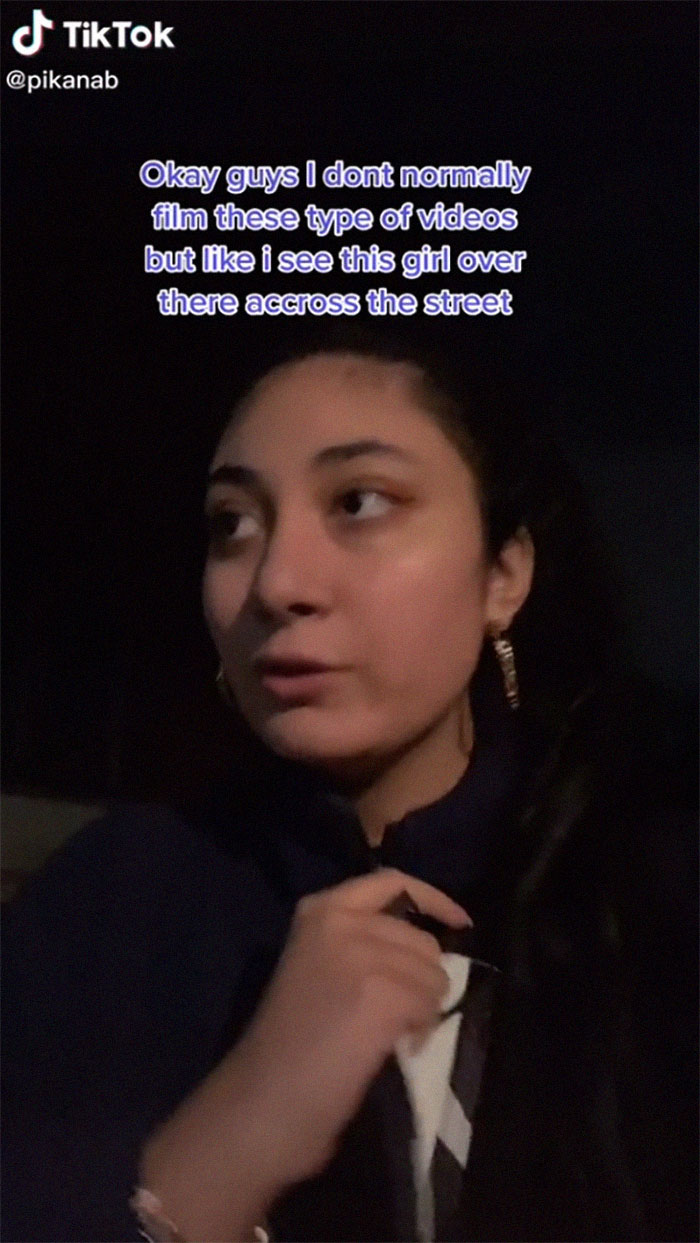
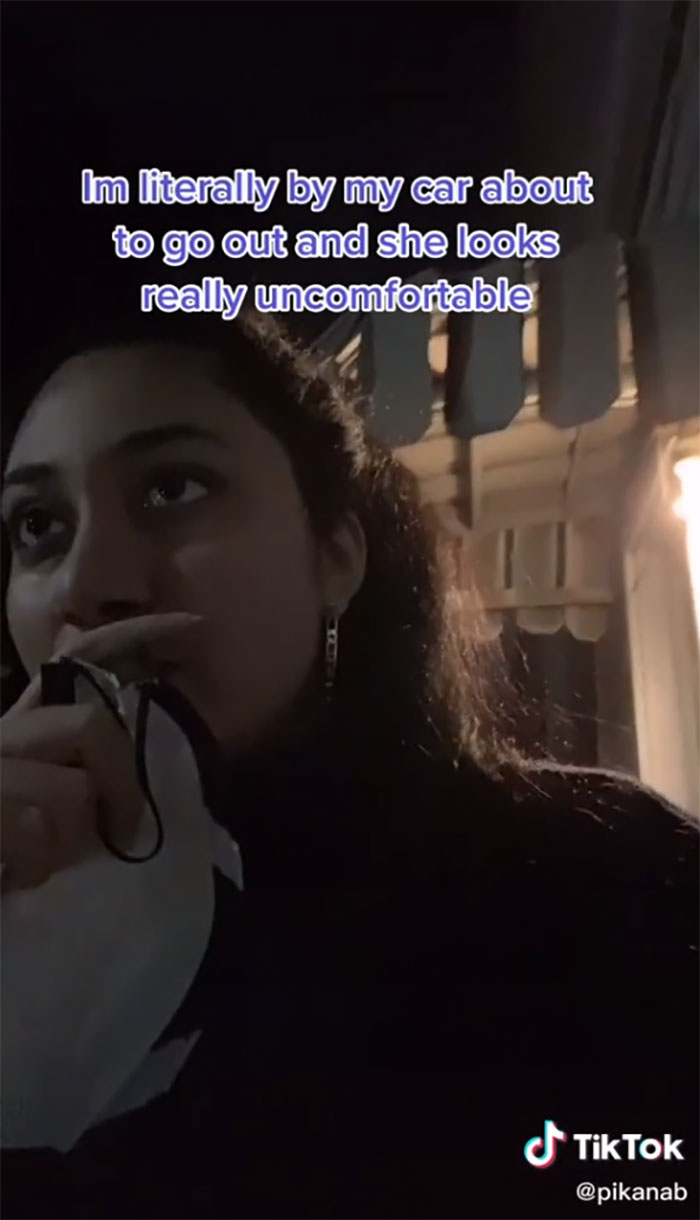
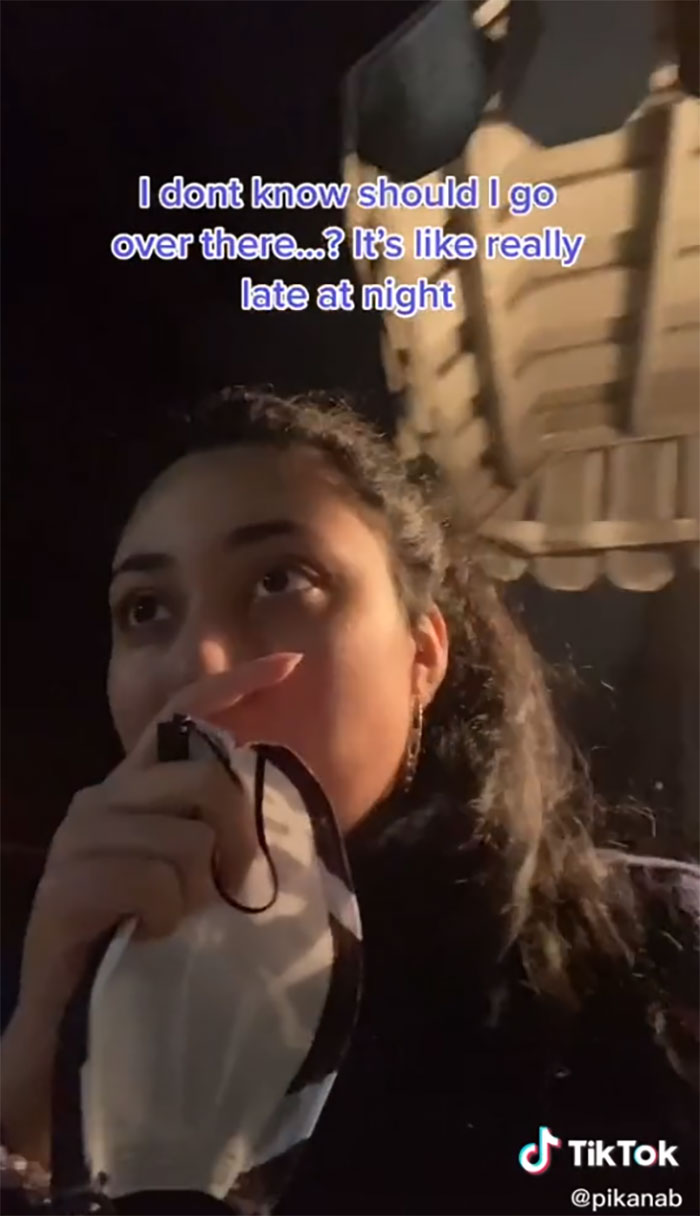
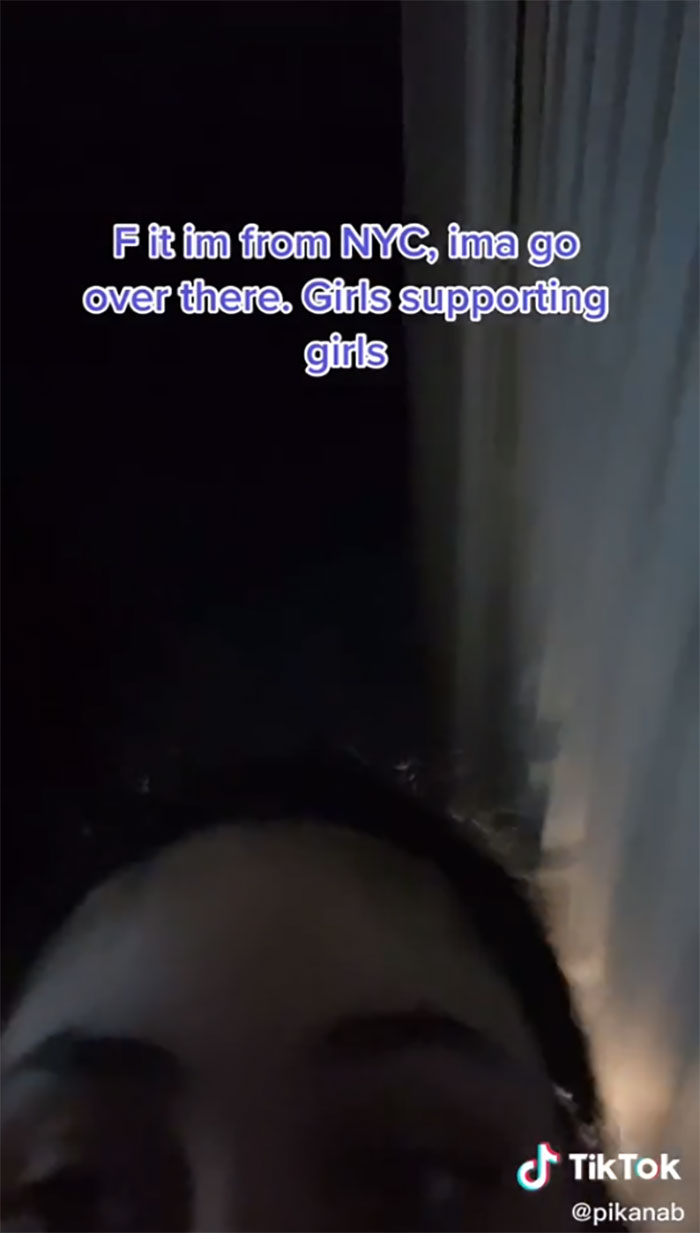
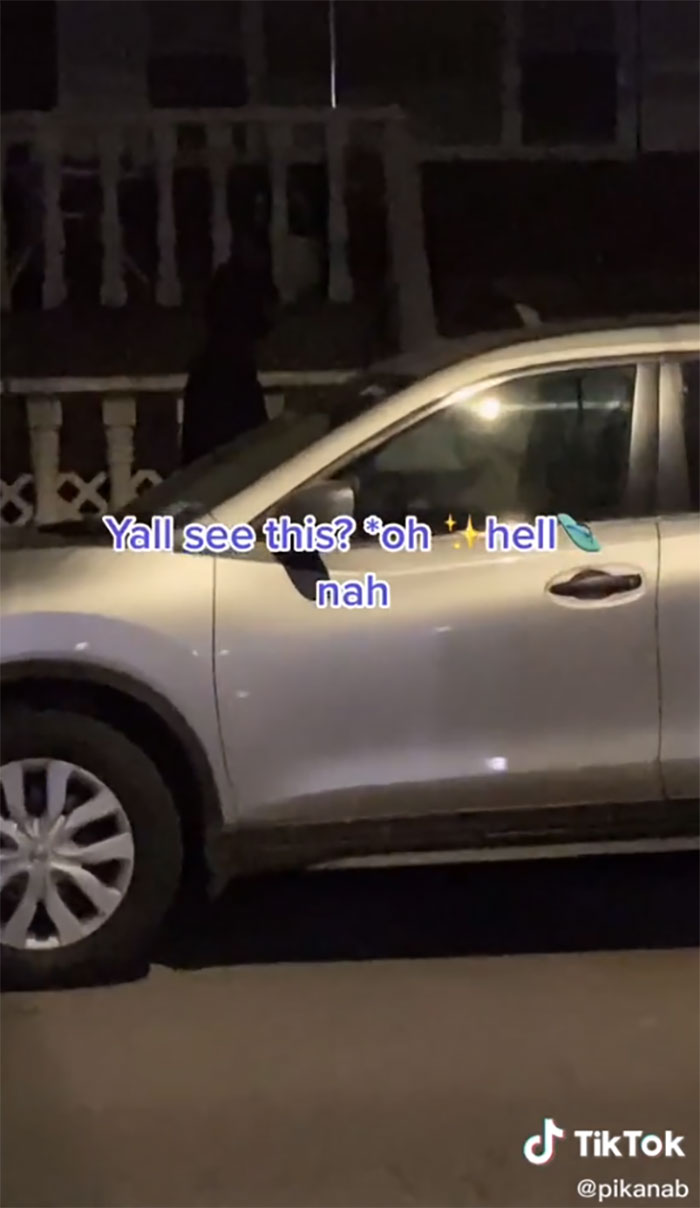
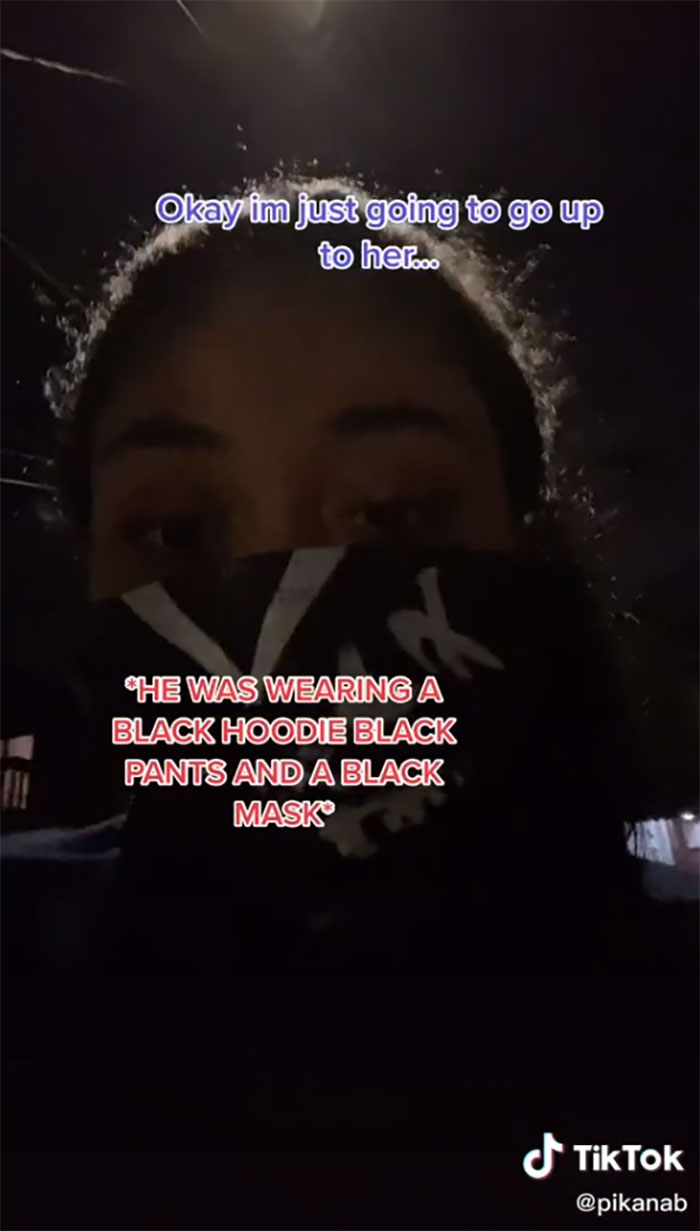

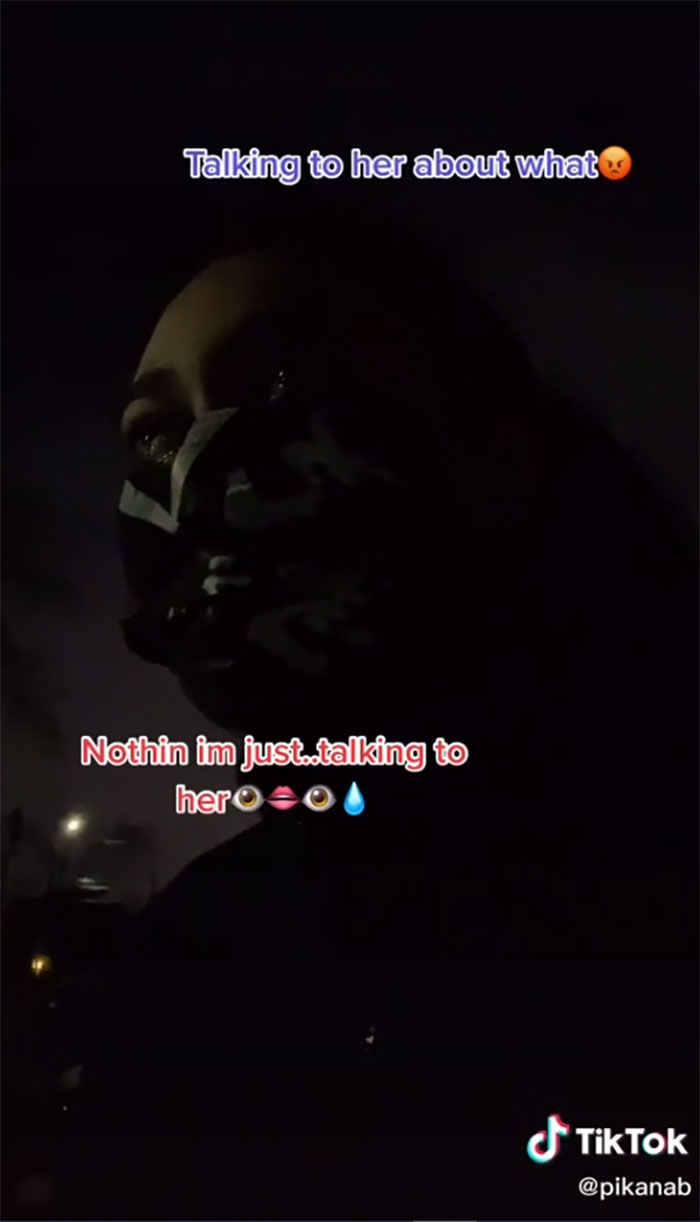
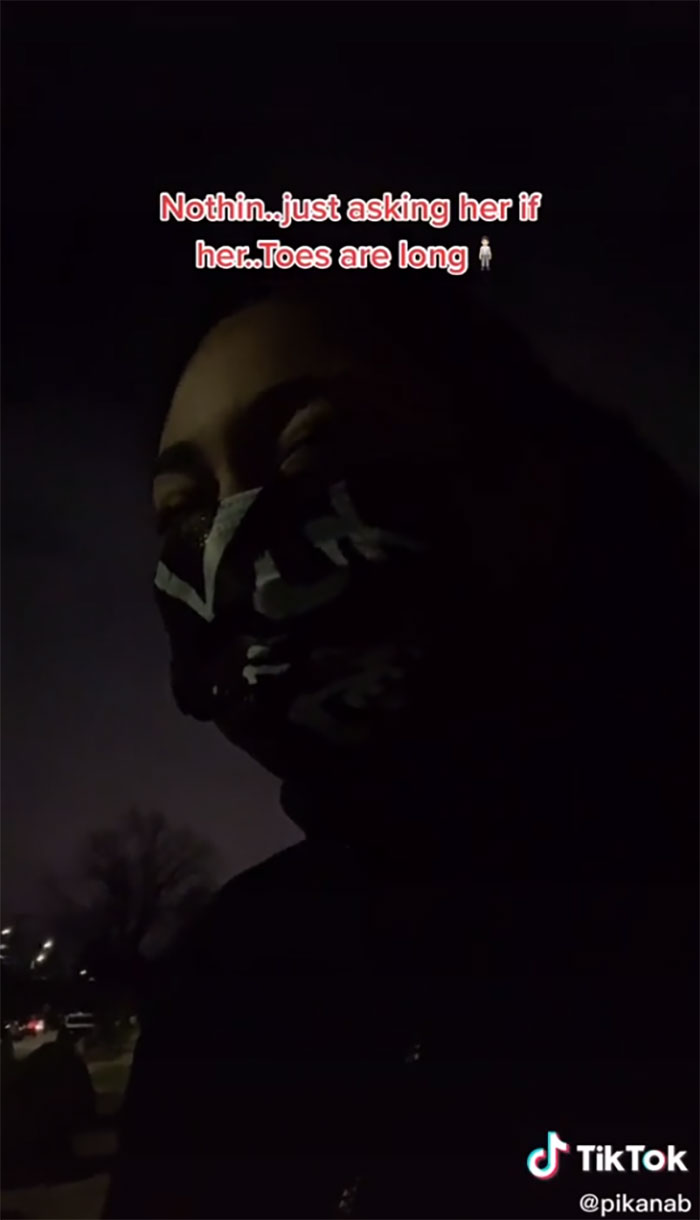
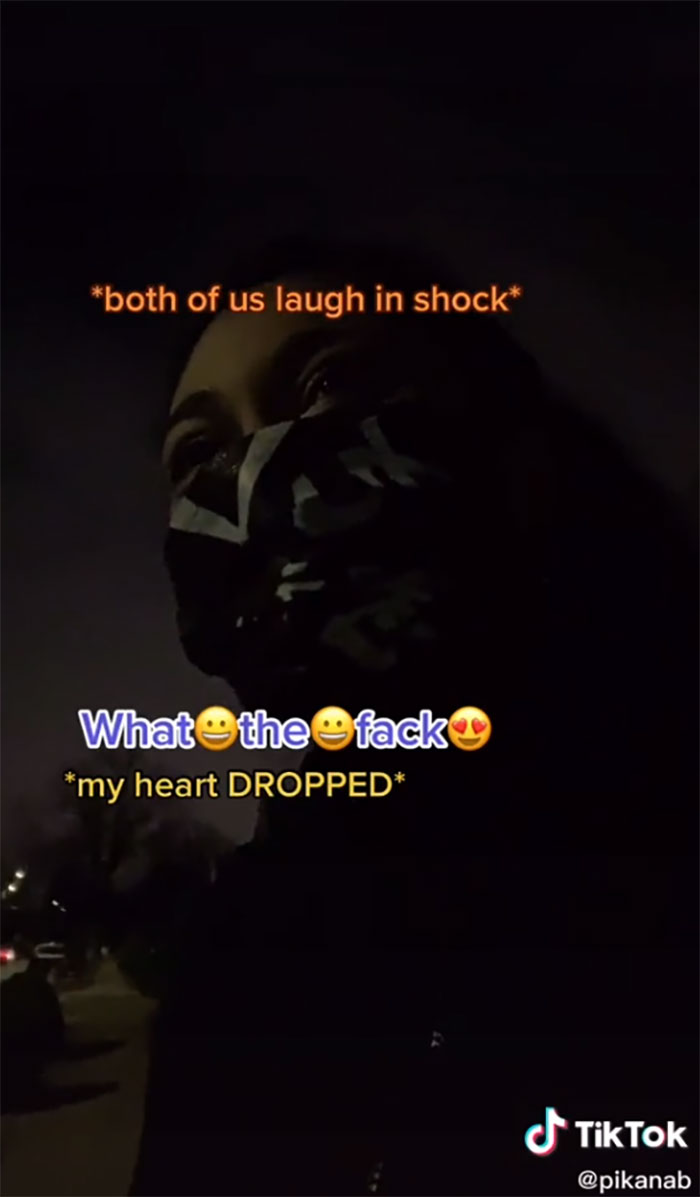
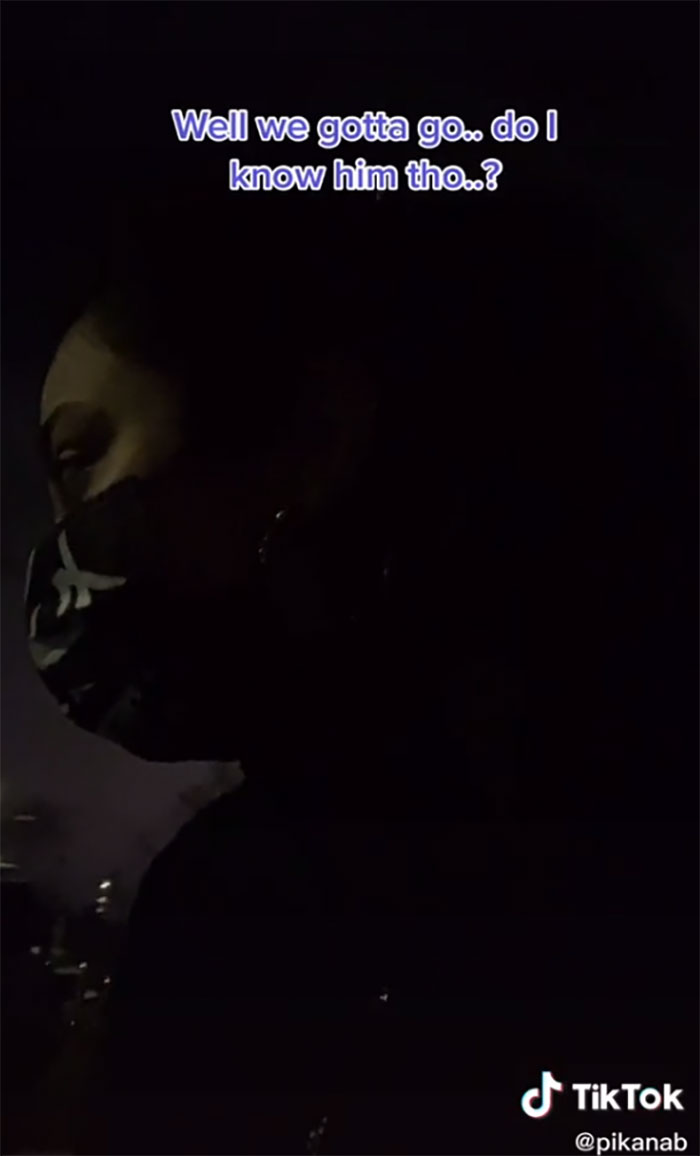
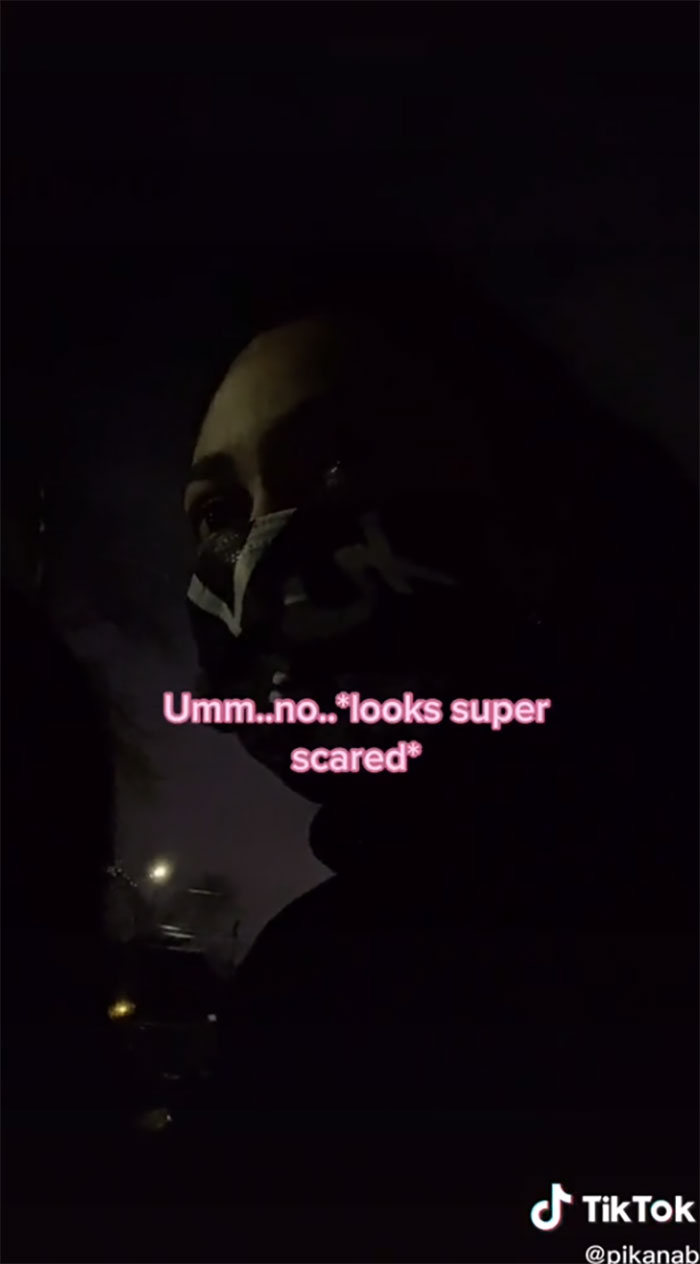



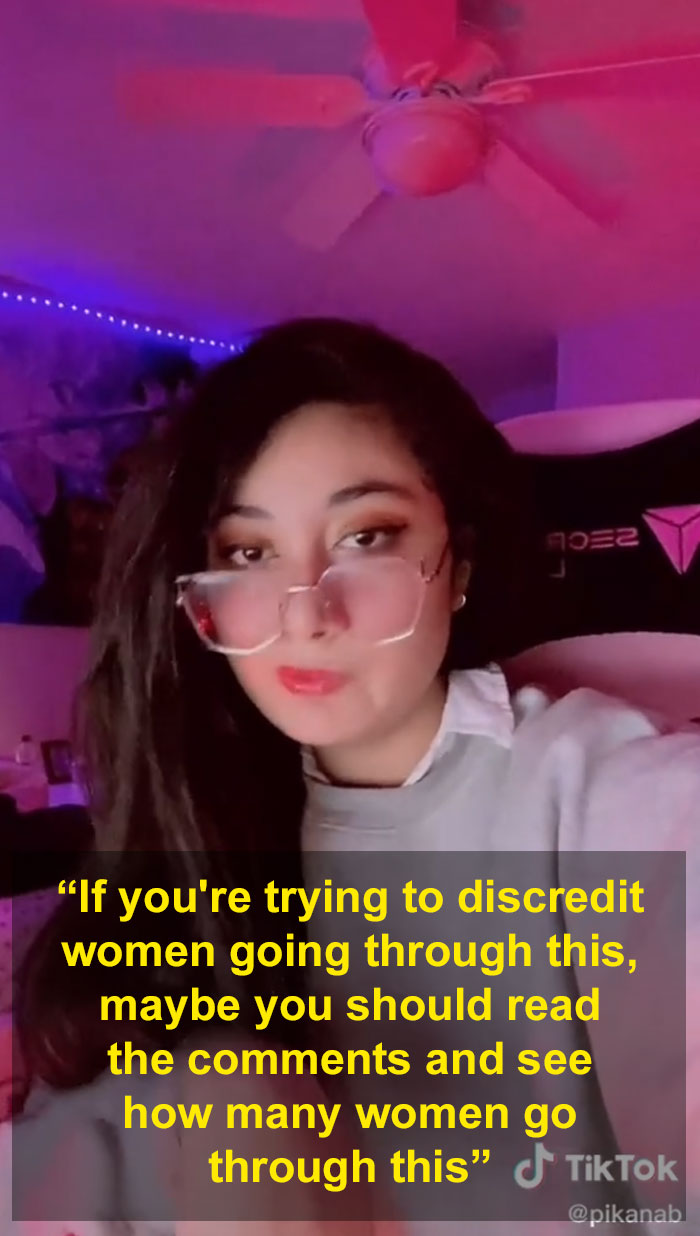
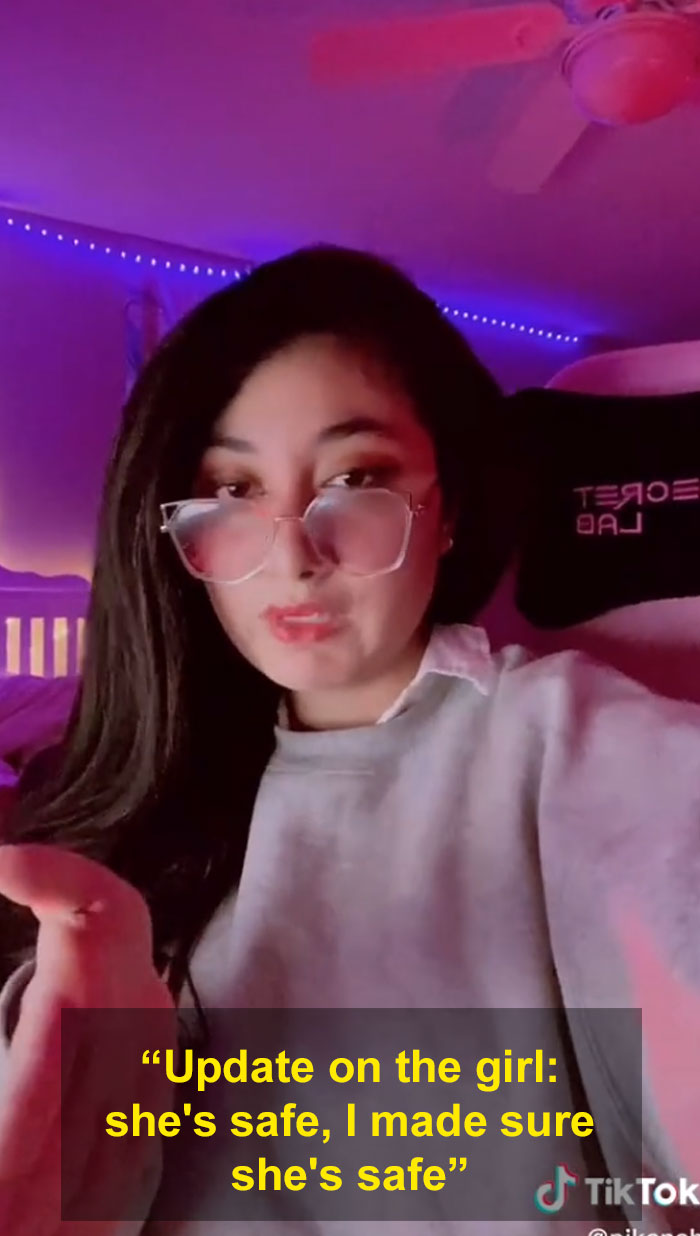

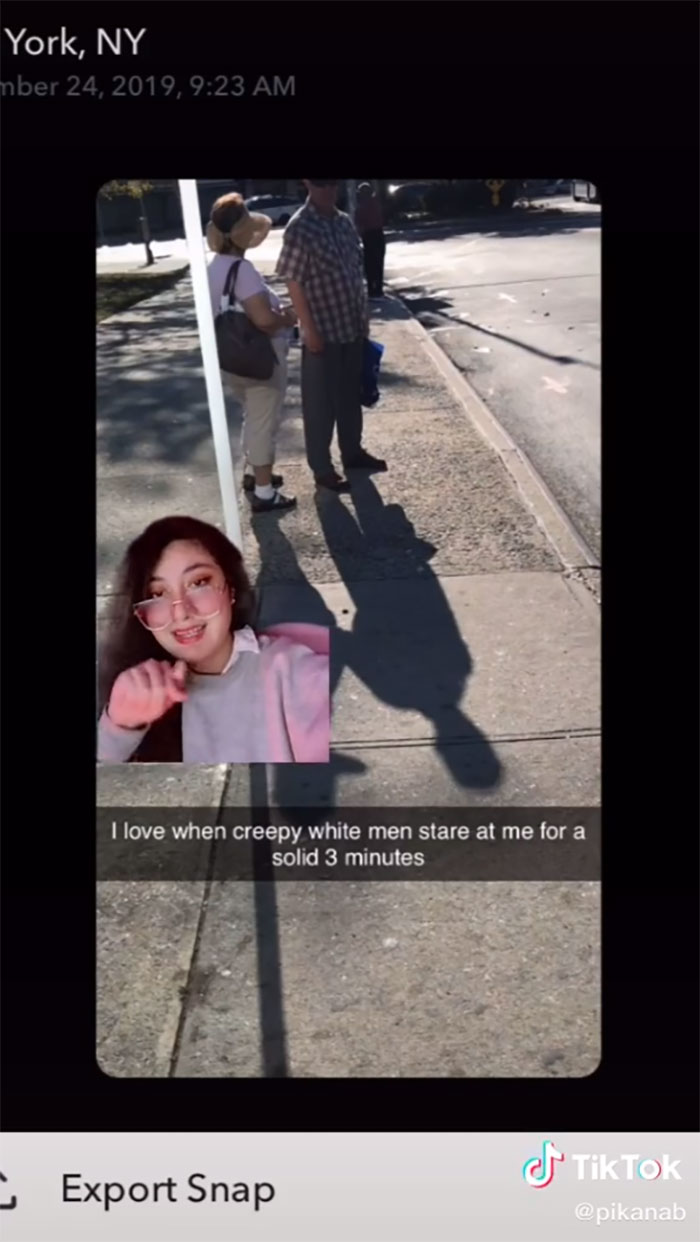




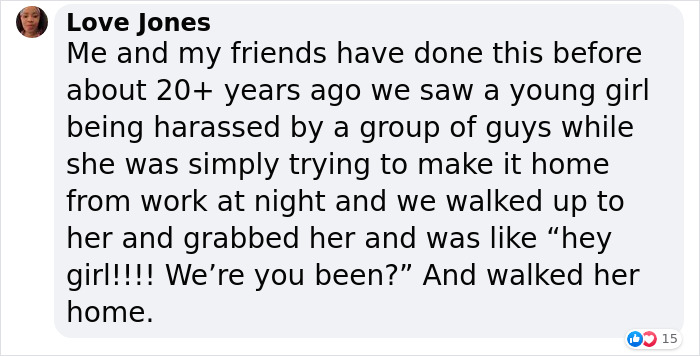














































246
76